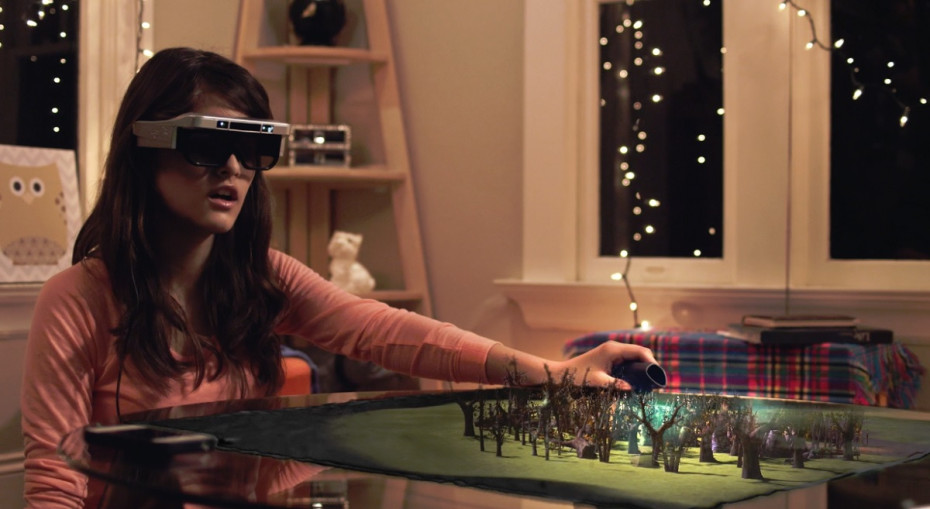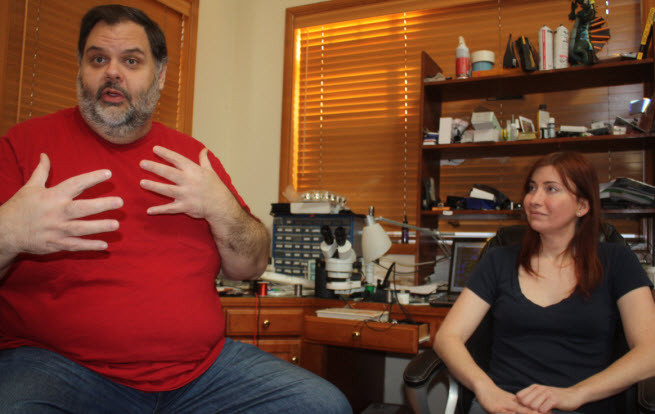
CastAR was one of the most ambitious augmented reality game companies in the business. But it looks like it has shut down amid one of the most obvious problems in the fledgling industry: It was too early, and the challenges it faced were incredible.
CastAR failed to raise a new round of funding and shut down this week, according to a report from game news site Polygon.
That spelled the end to a years-long project by former Valve employees Jeri Ellsworth and Rick Johnson to create a unique AR tabletop gaming platform, one that wanted to deliver the next step in a magical kind of play.You could say it was a victim of the warned “gap of disappointment” that AR and its cousin, virtual reality, are facing as reality sets in. CastAR, which raised $1 million in a Kickstarter crowdfunding campaign in 2013, is only one player in what is expected to be a vast market with many different companies, but its failure to raise a new round in time shows how difficult navigating the gap will be.

Image Credit: Dean Takahashi
The company was born in 2013 the Woodinville, Washington, home of Johnson. He was a former software engineer at Valve. Ellsworth was a hardware designer who was looking for a new way to play games by projecting animated images into a realistic backdrop. They had tried to make their tech work at Valve, but that company decided to focus on virtual reality instead. Still, the optimists were abundant. Tech adviser Digi-Capital estimated early on that AR could be a $120 billion market by 2020.
CastAR proposed creating a headset that could overlay animated images in front of your eyes as you looked at a tabletop with a special reflective material. It was restricted in terms of what it could show you in a given space, but Johnson and Ellsworth believed it would work great for tabletop games.
CastAR raced ahead of others, raising $15 million from Android creator Andy Rubin’s Playground Global hardware accelerator. The company moved from Washington to Silicon Valley and recruited new executives such as former LucasArts chief Darrell Rodriguez, former Disney executive Steve Parkis, and ex-PlayStation marketer Peter Dille. The company also hired a team of software developers from Avalanche Software in Utah to develop AR games.

Image Credit: Michael O’Donnell/VentureBeat
It’s still not clear exactly what happened, as Ellsworth hasn’t made any public comments. But it was clear that CastAR had a technology issue and a cost problem. On the cost side, it might have been able to create a $250 solution for tabletop AR gaming, but it was replacing tabletop card and board games that might have cost $25. It’s like the internet of things pet feeders, which cost $250 and try to replace, unsuccessfully, the $2.50 pet bowl.
Polygon reported CastAR shut down and laid off 70 employees because the company couldn’t find a new investor. Based on what we know, CastAR’s fate isn’t cast in stone just yet. One of the outcomes could be that someone…
The post CastAR’s collapse shows the incredible challenge of making AR games appeared first on FeedBox.